As if we needed yet another negative side effect of climate change, new reports say the excess rainfall throughout the United States has threatened the stability of hundreds of dams.
Thousands of Americans live downstream from these potentially dangerous dams, and the worst part is the federal government is ensuring local residents don’t understand they and their homes are at risk.
Climate Change Is Threatening America’s Dams
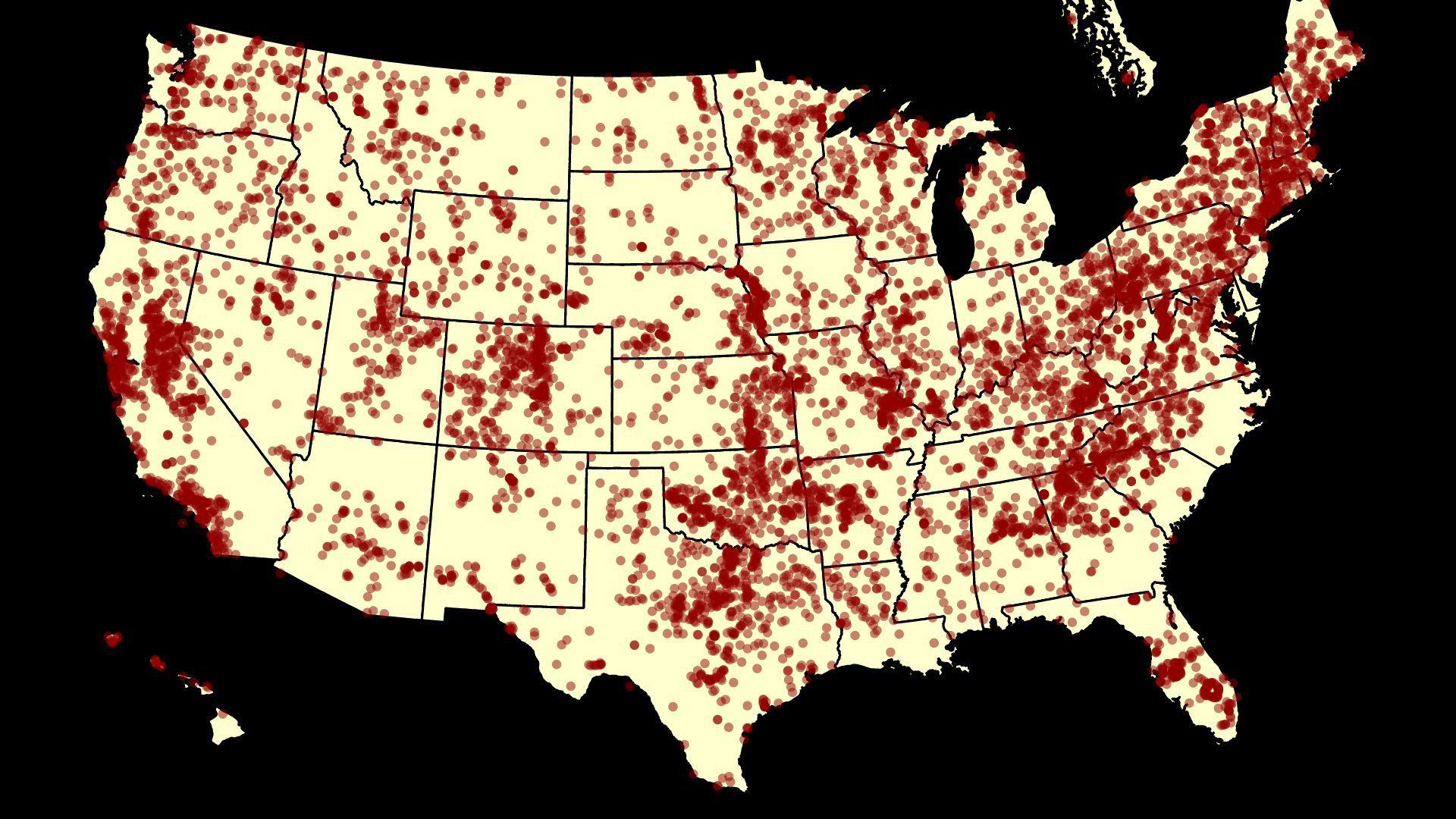
There are nearly 92,000 dams across the United States, and it’s become exceptionally clear that thousands of these dams are at a greater risk of falling than they once were.
Many of the dams are quite old, but that’s not the major concern. Experts say that even the newer dams are at risk of collapse as none of them were built to withstand the intense storms and heavy rains brought on by the changing climate.
35% More Flood-Prone Areas by the End of the Century

As of 2020, only 9.1% of properties in the US face a chance of experiencing a one-foot flood every year. However, some experts estimate that number could jump by 35% to cover 45% of the nation by just 2100.
Approximately 13 million Americans currently live within high-risk flood zones, and tens of millions more will be at risk in just a few decades. Many of whom are those who live downstream from a dam.
Federal Officials Have Been Long Aware of This Reality
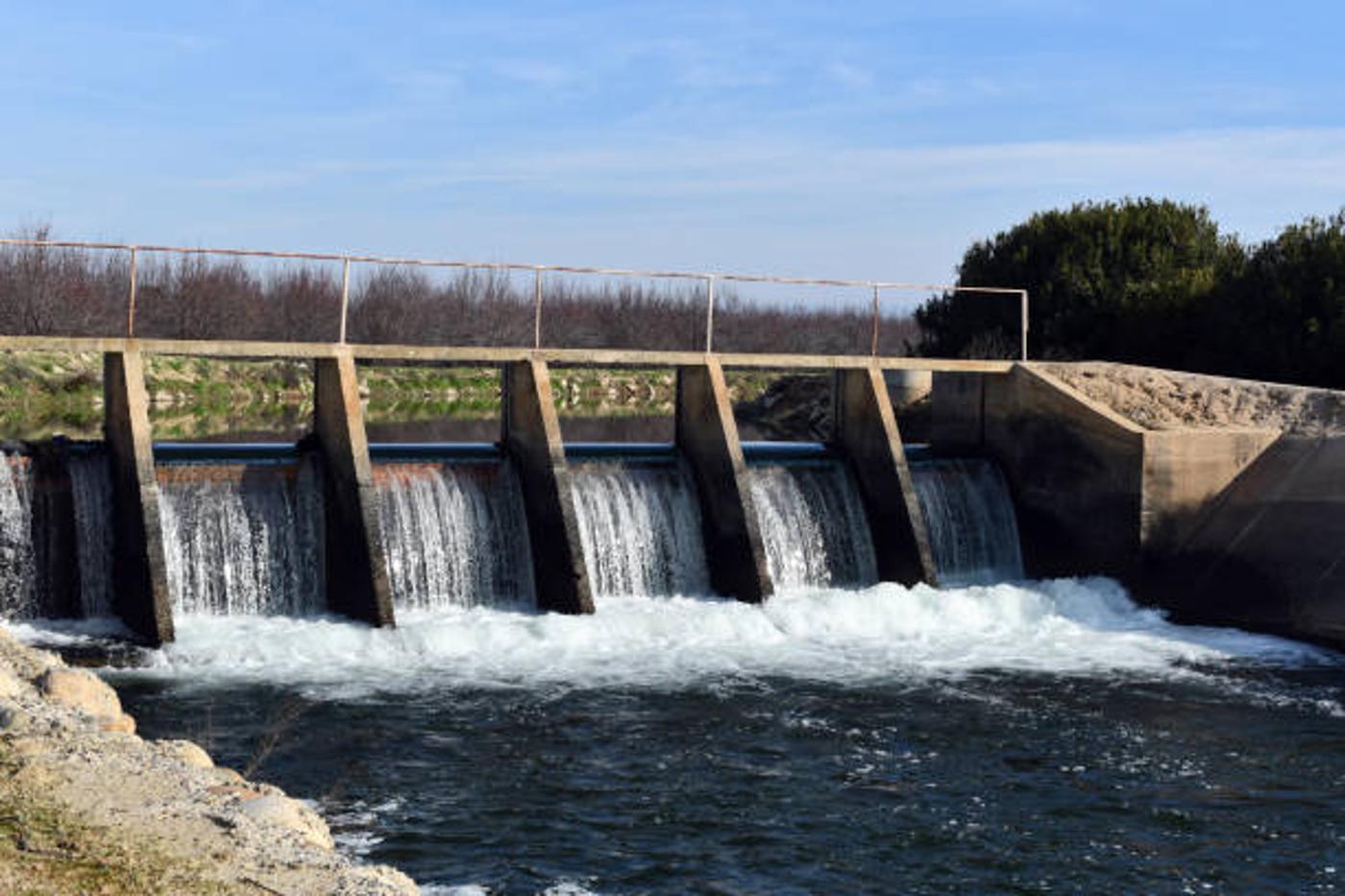
Although few could have predicted just how quickly the consequences of climate change would set in, experts have long understood the dangers of America’s nearly 100,000 dams.
While the dams technically follow the federal government’s guidelines, they weren’t designed to handle intense storms and flooding. The US government has always known this, too.
Federal Agencies Have Prohibited the Release of Dam Information

Even though the federal government fully understands the dangers of living downstream from dams, federal agencies like the Bureau of Reclamation, have prohibited the release of dam maps to the public.
They claim that concealing the locations of the dams is necessary for national security. However, it also ensures that millions of Americans don’t know their homes and businesses are in flood-risk regions.
The US Provides Flood Insurance Assistance to Americans in High-Risk Zones

Leaving at-risk Americans in the dark is unquestionably unethical, but unfortunately, that’s not even the only way the US government is hurting its people.
Additionally, by not telling these Americans that they live in a high-risk flood zone, the government is also denying them the discount on flood insurance they rightly deserve.
The Federal Emergency Management Agency Oversees the Flood-Insurance Program
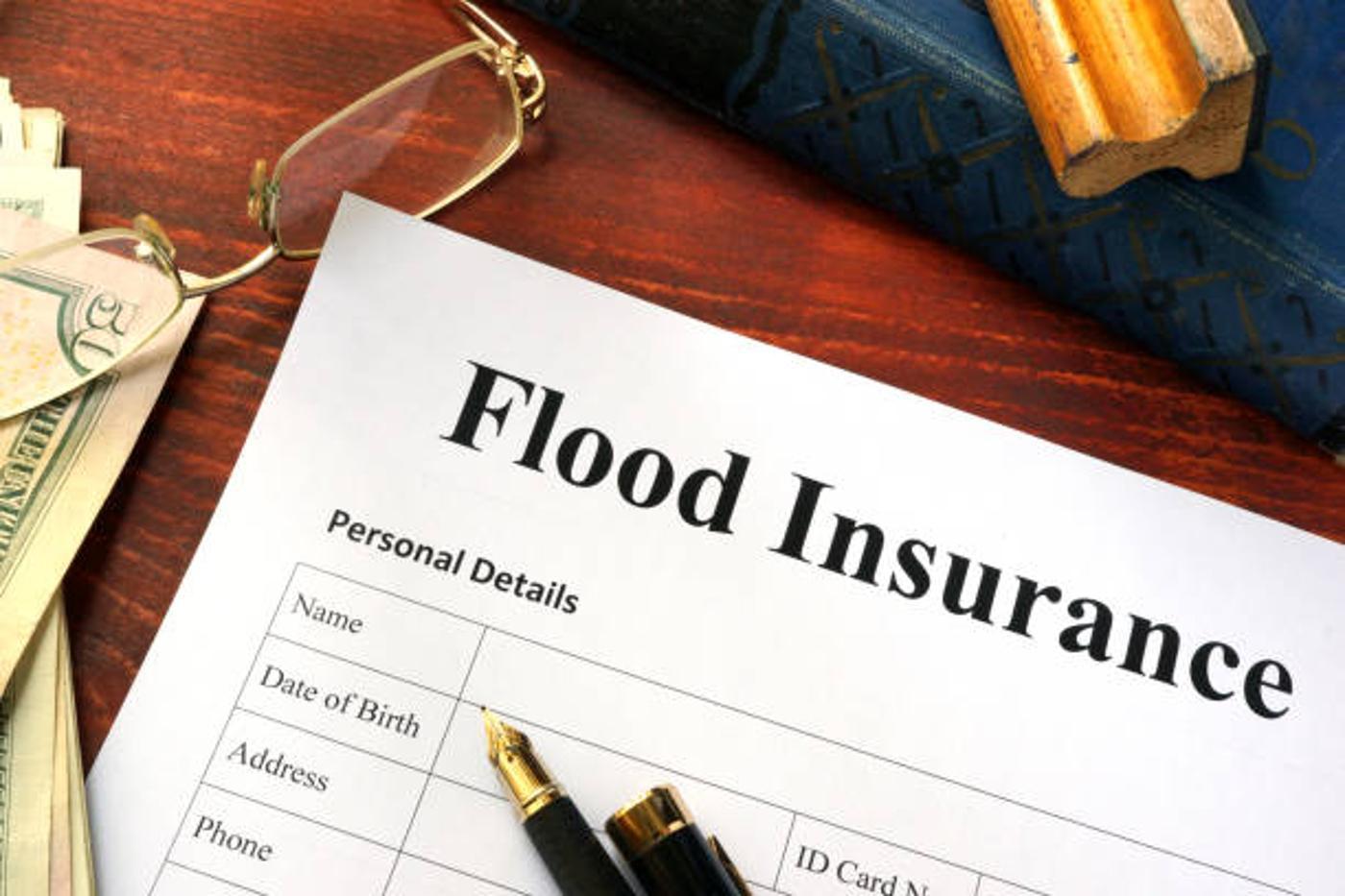
The Federal Emergency Management Agency runs the nation’s flood-insurance program. It ensures that communities around the country enforce floodplain management regulations and provide at least partial coverage for 4.7 million Americans who live in flood-risk regions.
In order to qualify for this program, Americans must show FEMA detailed maps of their homes, businesses, and neighborhoods to show the potential for flood risk. Then, FEMA ranks the homes on a 1-to-10 scale, Class 1 being those with the highest flood risk.
Class 1 Gets the Most Government Funding

Homes and businesses labeled Class 1 receive the most funding from the FEMA program. The government agency will cover 45% of their flood insurance premiums.
However, only two of the 1,500 local governments that take place in the FEMA program have ever received a Class 1 rating. And the reason why so few communities have qualified is in part because the government is withholding information.
Americans Deserve This Coverage

If the government won’t share dam locations, those who live downstream can’t receive the compensation they deserve from FEMA, which is wildly unfair and frustrating for thousands of Americans.
And as the negative side effects of climate change continue to worsen, thousands of people living close to one of America’s 92,000 dams will be in trouble.
The Bureau of Reclamation May Change Its Policies

All of this information was released to the public via an article published by the Associated Press, and rightly so, Americans are less than pleased.
In response to the significant backlash, the Bureau of Reclamation said it’s considering revising its policies. It will begin publicly sharing information regarding dam inundation zones, as well as potential flood depths and durations, and possible flood-wave travel times.
It Will Take 8 Years for the Information to Be Released to the Public
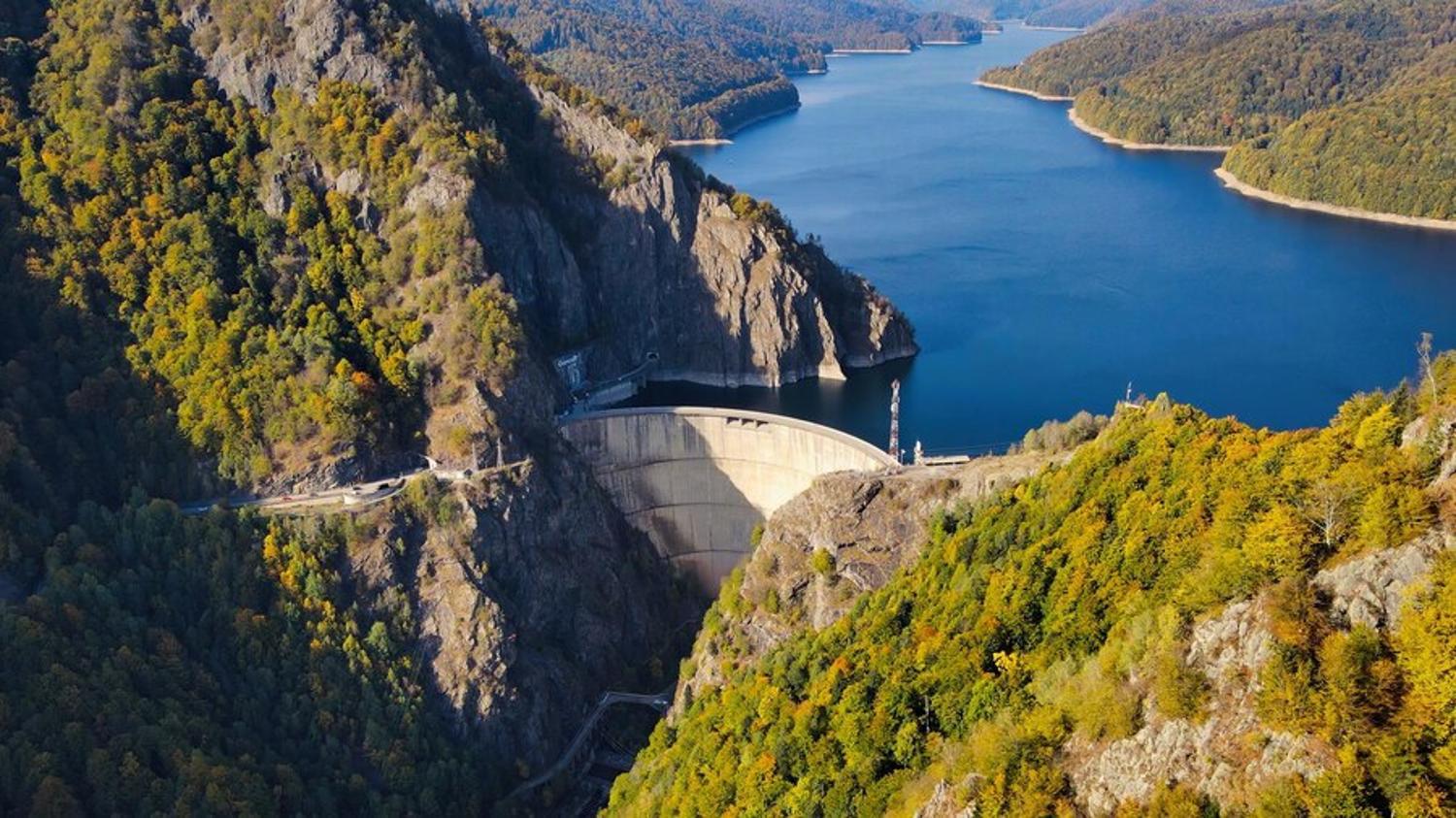
The Bureau of Reclamation said the changes will be implemented in 2025. However, the agency also noted that it could take more than eight years to release the information on every one of the government’s many dams.
Many are thrilled by this passive admission of guilt and hope that this means thousands of Americans will receive the flood-insurance coverage, which is rightly theirs. But eight years is a long time, especially as the climate continues to change.
It’s Time to Investigate Your Risk of Flooding
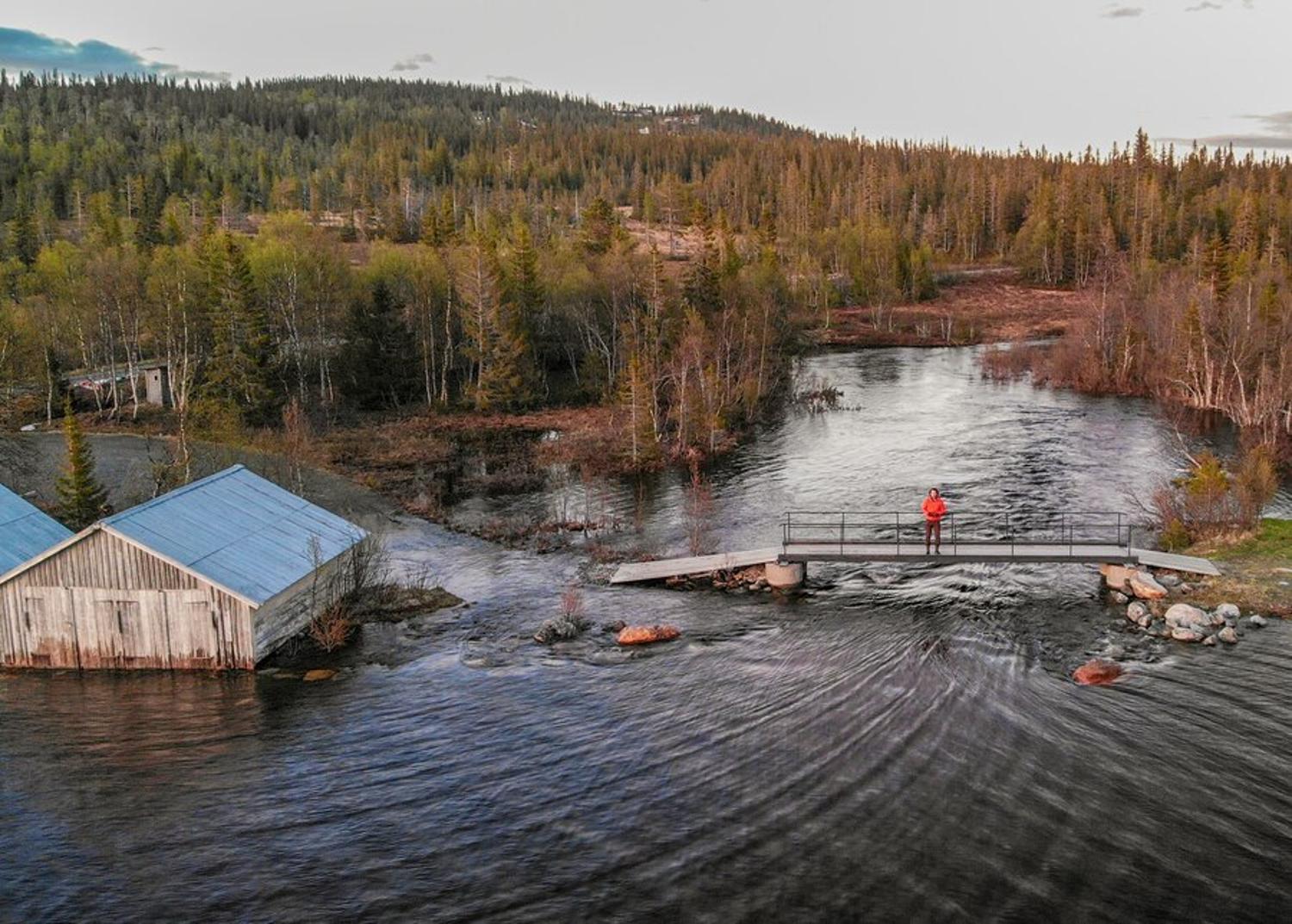
Now that you know your local officials may not be telling you everything you need to know about the risk of flooding in your home, it may be time to do a little investigating.
While you may not be able to apply for the FEMA flood insurance program, at least you will know what kind of flood insurance you should invest in. And maybe, when the Bureau of Investigation releases the dam locations, you can get the money you deserve.








































